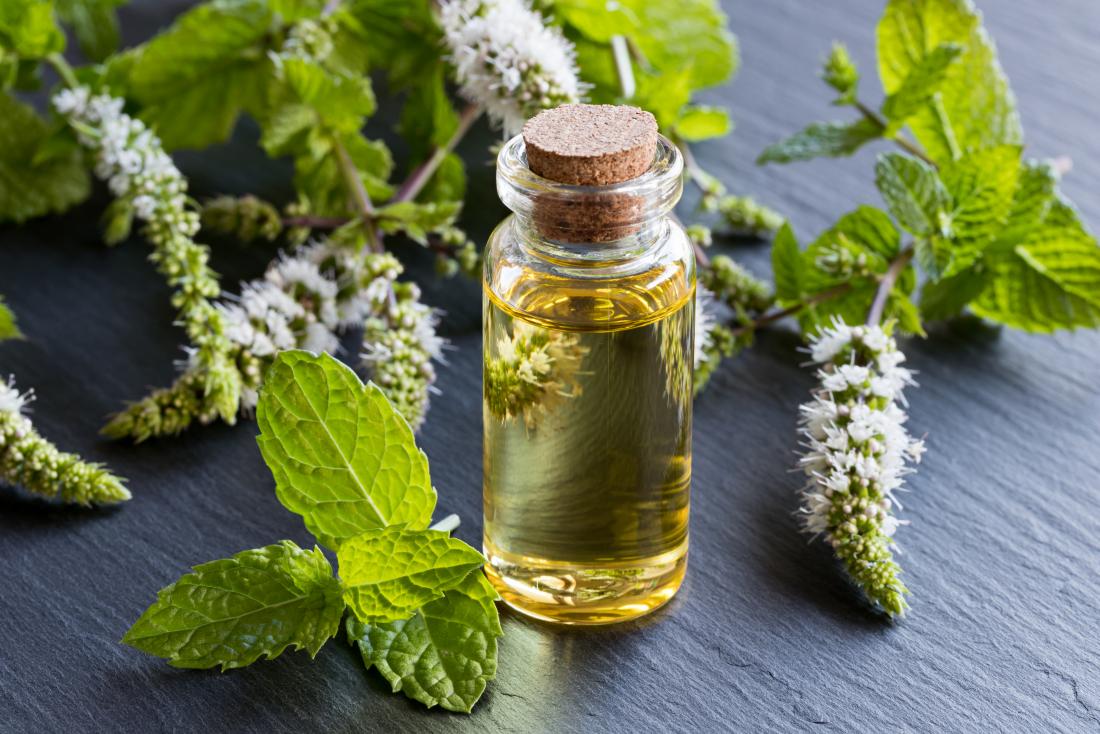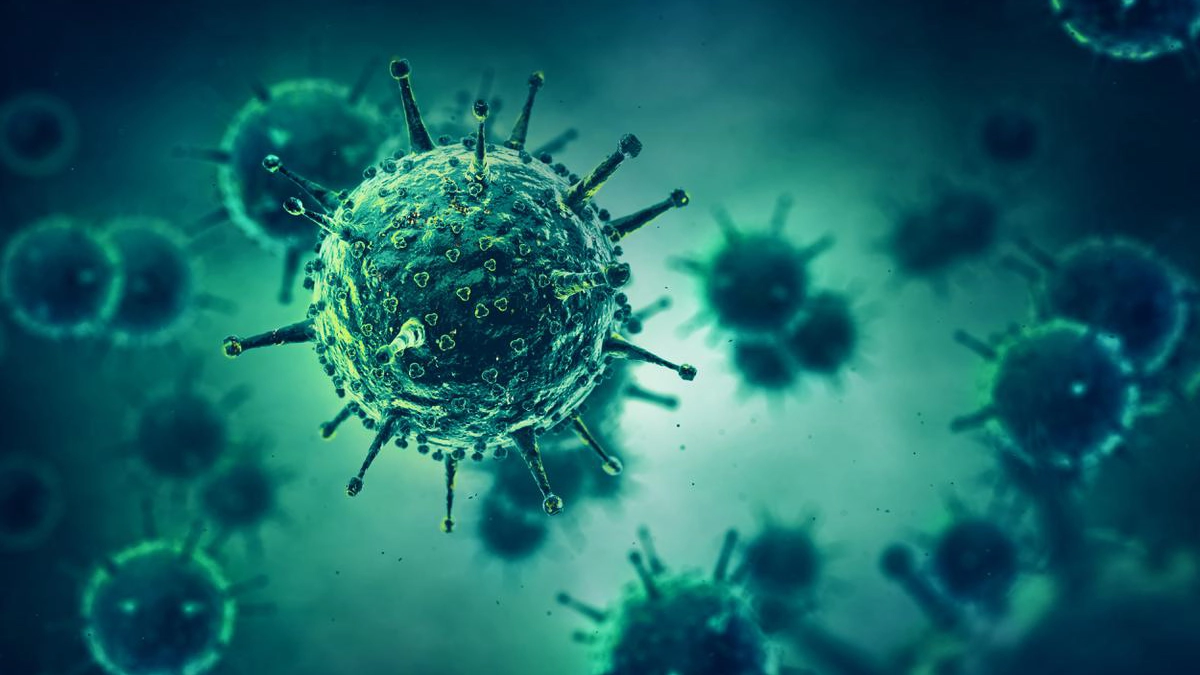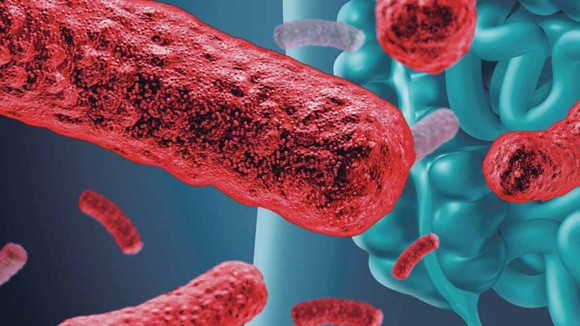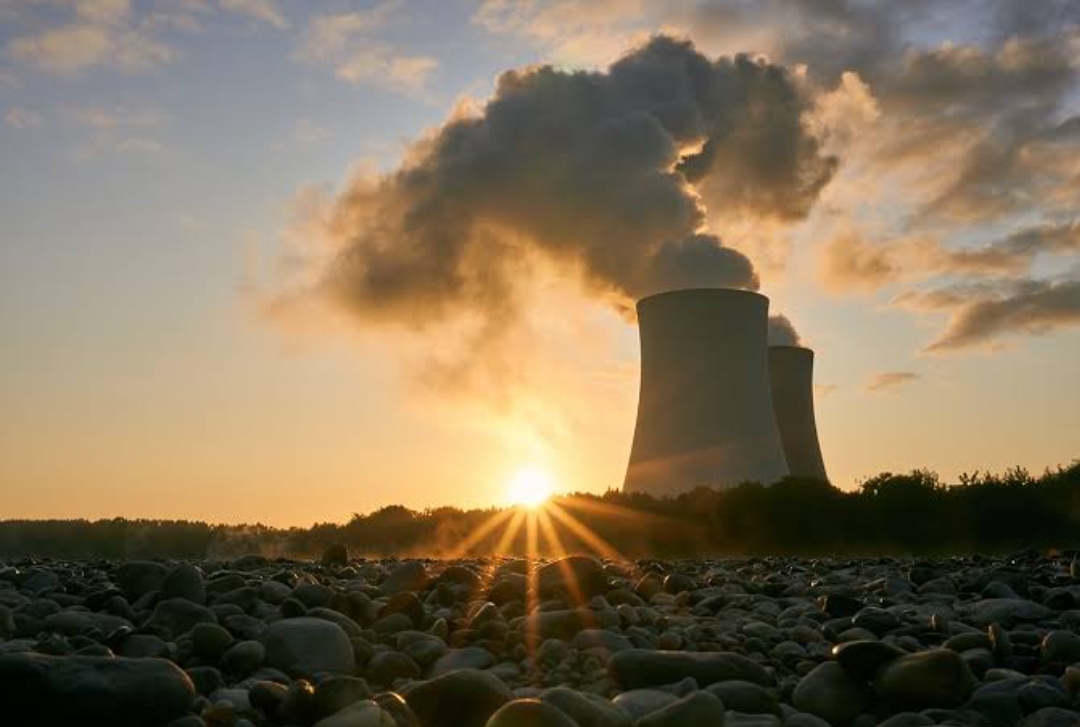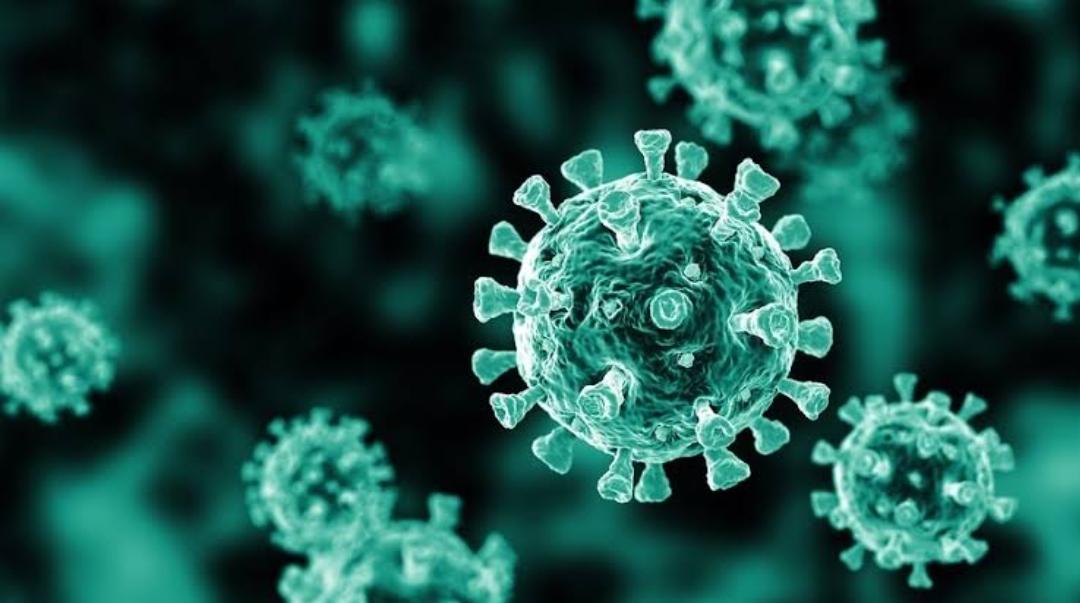
What Are Pollen Allergies and How Can You Manage Them?
Many people know pollen allergies as “hay fever.” Experts usually refer to pollen allergy as “seasonal allergic rhinitis.” Each spring, summer and fall, plants release tiny pollen grains to fertilize other plants of the same species. Most of the pollens that cause allergic reactions come from trees, weeds and grasses.
Exposure to pollen can make you more susceptible to COVID-19, and it isn’t just a problem for people with allergies, new research released March 9 shows. Plant physiologist Lewis Ziska, a co-author of the new peer-reviewed study and other recent research on pollen and climate change, explains the findings and why pollen seasons are getting longer and more intense. Pollen can suppress how the human immune system responds to viruses. By interfering with proteins that signal antiviral responses in cells lining the airways, it can leave people more susceptible to potentially a whole host of respiratory viruses, such as the flu virus and other SARS viruses.
AAFA cited several studies that indicate human-induced climate change to be the dominant contributor to the recent increases in the length and intensity of pollen season. This begins with the human-induced greenhouse gas emissions increasing our levels of CO2 in the atmosphere. Several studies have shown that higher levels of CO2 are directly related to higher pollen levels. If one goes up, so does the other. The President and CEO of AAFA, Kenneth Mendez, explained that this is actually more common in larger cities, like Grand Rapids.
And not only is allergy season becoming more intense but it is also getting longer. This is due to our spring temperatures arriving earlier in the year and fall conditions lingering later into the winter season, creating a longer growing season. A longer growing season, in turn, lengthens our allergy season, causing people to notice stronger and more intense side effects from their allergies.







